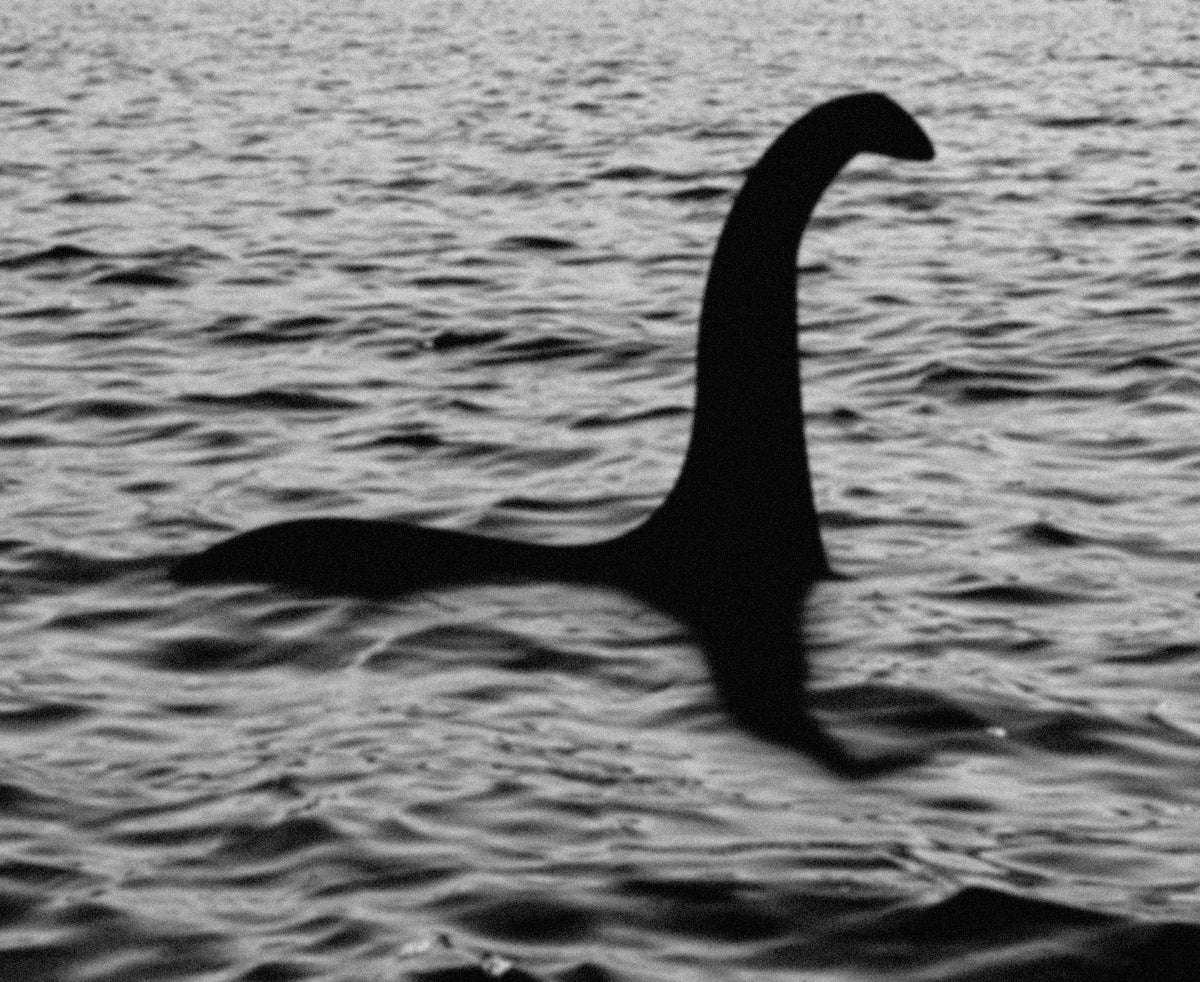
The existence of Loch Ness monster is “plausible”, British scientists have said.
The suggestion came after researchers found fossils of small plesiosaurs – long-necked marine reptiles from the age of dinosaurs – in a 100-million-year-old river system that is now Morocco’s Sahara Desert, suggesting they may have lived in freshwater.
Loch Ness monster enthusiasts have long believed that the historic Scottish folklore could be a prehistoric reptile with a small head and long neck, similar to a plesiosaur.
However cynics have argued that plesiosaurs could not have lived in Loch Ness as they needed a salwater environment.
Now the university’s findings, published in the journal Cretaceous Research, suggest the plesiosaurs were adapted to tolerate freshwater, possibly even spending their lives their, like today’s river dolphins.
The fossils include bones and teeth from three-metre long adults and an arm bone from a 1.5 metre long baby.
They hint that these creatures routinely lived and fed in freshwater, alongside frogs, crocodiles, turtles, fish, and the huge aquatic dinosaur Spinosaurus.
David Martill, co-author of the paper, said: “What amazes me is that the ancient Moroccan river contained so many carnivores all living alongside each other.
“This was no place to go for a swim.”
The plesiosaur teeth appear to show heavy wear similar to that of the Spinosaurus, suggesting they were eating the same armoured fish that lived in the river, rather than being occasional visitors.
Dr Longrich, corresponding author on the paper, said: “We don’t really know why the plesiosaurs are in freshwater.
“It’s a bit controversial, but who’s to say that because we paleontologists have always called them ‘marine reptiles’, they had to live in the sea? Lots of marine lineages invaded freshwater.”
The first complete skeleton of a plesiosaur was first found in Lyme Regis, Dorset, in 1823 by Mary Anning, a fossil hunter. The creature had a small head, long neck and four long flippers.
A press release from the University of Bath said the new discover showed that the Loch Ness Monster was “on one level, plausible”.
It read: “Plesiosaurs weren’t confined to the seas, they did inhabit freshwater. But the fossil record also suggests that after almost a hundred and fifty million years, the last plesiosaurs finally died out at the same time as the dinosaurs, 66 million years ago.”







